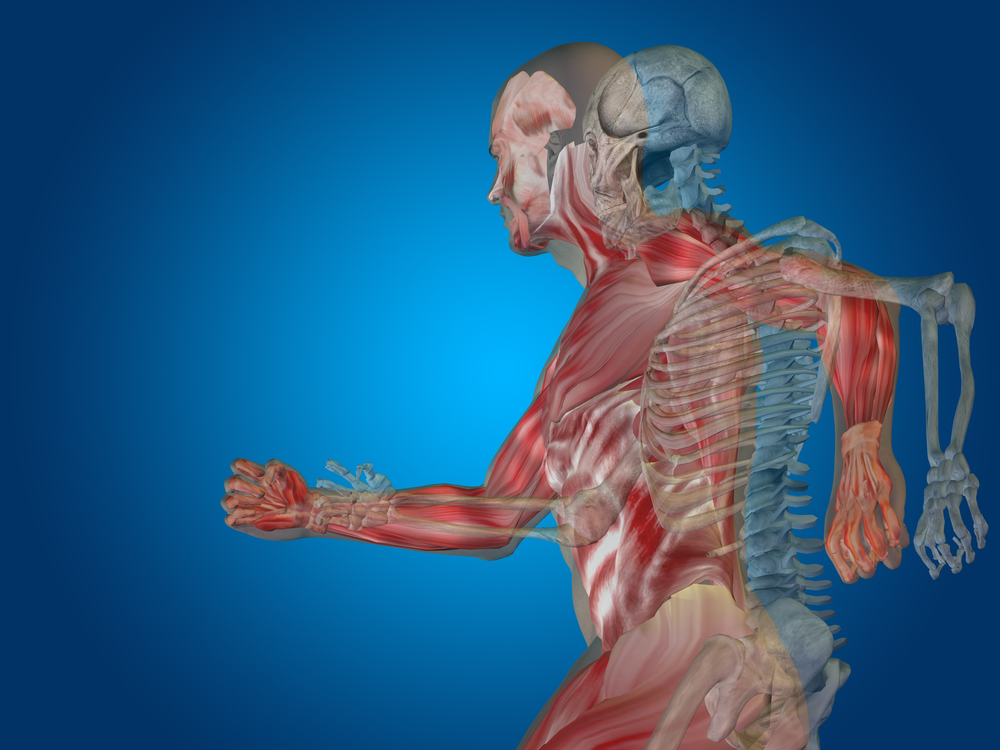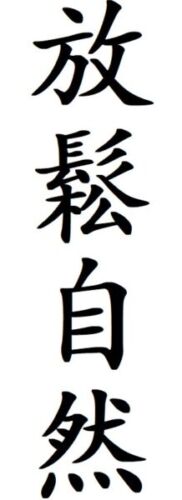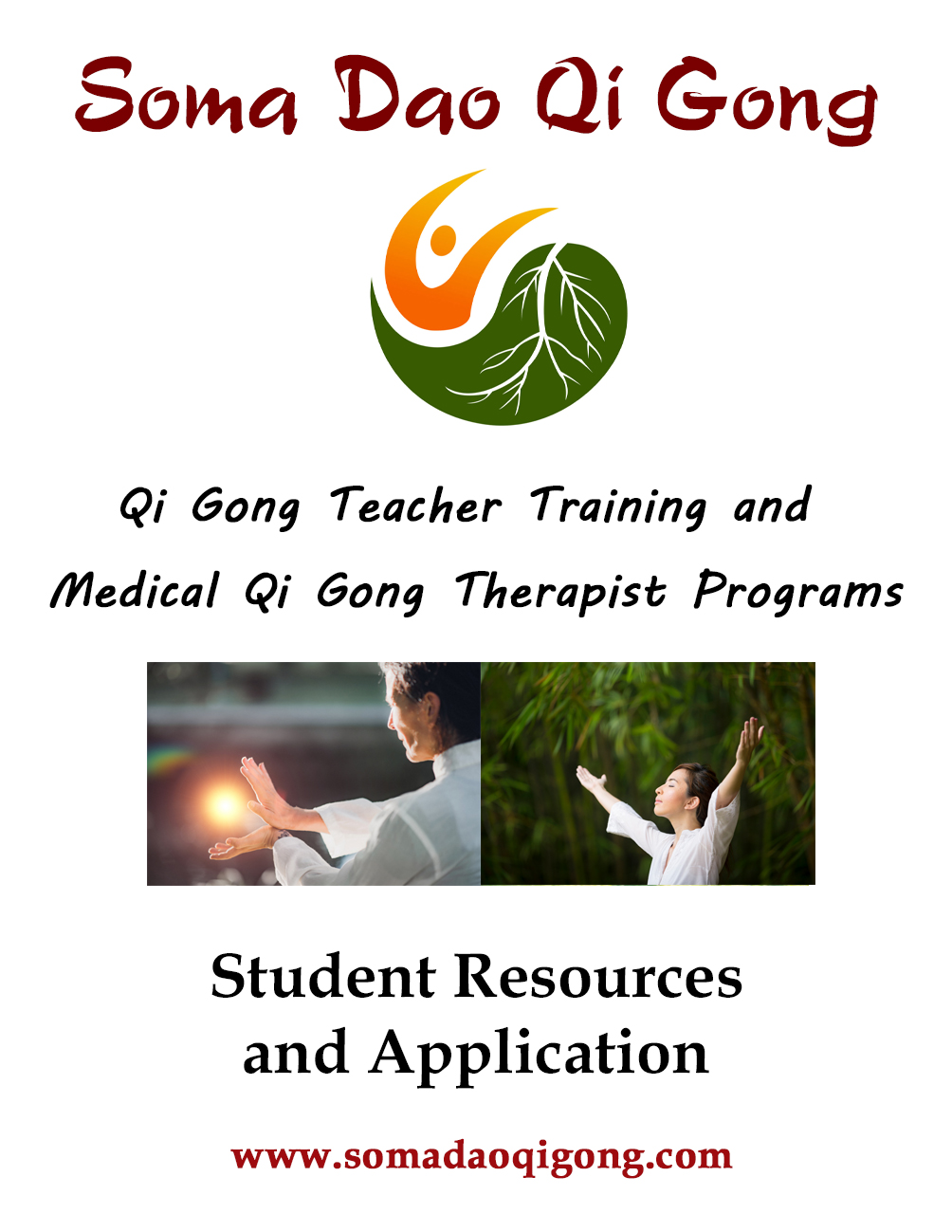Traditional Forms and Applied Principles
Falling in Love with Repetition, Flow, and Meaning
The content of Level One – Embodied Awareness, has made up the first 20 minutes of almost every Qi Gong class I have taught in over 30 years. Those capacities (Gong) are the foundation and the core of the language and practice of Qi Gong for a reason.
Imagine you are comfortable with your practice, you have a great ‘Level One’ 20-minute entry into connection with your Body and Breath, and now you have 30 – 45 minutes to engage in something subtle and potent. Something that will take a lot of focus and refinement, and/or engage you in a playful healing process. This is where the study of Traditional Qi Gong Forms and Applied Principles enters into everyone’s Qi Gong practice. If you want to refine almost any aspect of Qi Gong, or singing, or anything with your body, you will have to fall in love with repetition – and nuance – and flow states.
In Module Four – you will learn Applied Principles like the famous Shaolin Yi Jin Jing.
The muscle and tendon transformation and tensegrity process is one of the most precious treasures of Qi Gong knowledge and wisdom. This introduction will prepare you for learning the complete system in Phase Two (Level Six).
From a clinical perspective, the tone, strength, and resilience of your muscles and connective tissue is a primary indicator of overall health and longevity.
LEARN MORE about the Yi Jin Jing System of Practice.
Module Five – Traditional Forms for Contemporary Teachers.
Traditional Forms are repetitive and choreographed routines and are an essential aspect of a long-term personal Qi Gong practice. The therapeutic and meditative benefits of gradually refining your posture, alignment, and mobility, and/or releasing any tension, over and over again, are profound.
Now it is time to Learn the famous Ba Duan Jin (or Eight Pieces of Brocade), the modern Tai Chi Shibashi (Eighteen Tai Chi Gestures – which is one of the most safe and relaxing forms), as well as a Daoist form called Tian Di He Yi Fa ( or Balancing Heaven and Earth (or Bringing Harmony to Your Inner Land and Sky).
A few months of practicing a form can change many aspects of how your body feels, looks, and moves.

Once you have a thorough warm-up, and a series of repetitive movements, there are countless practices to choose from, you can begin to explore Qi Gong Applied Principles.
Some principles, or ‘rules’, in Qi Gong practice, have to do with biomechanics, some with the elastic nature of muscles and fascia, and some principles are determined by the way your nervous system instinctually settles down. Other principles in Qi Gong are based on thousands of years of experience working with the subtle energetic systems of the Mind and Body. Depending on the system you explore, or the outcome you are moving towards, the principles you focus on during your practice will change.
These are the Forms and Principles that I focus on when teaching someone to become a Traditional Qi Gong teacher. There are endless options out there, I encourage you to keep exploring different styles until something feels like home.
A Series of Articles on the Yi Jin Jing Process and Bone Marrow Washing
Transformation and Tensegrity Process.
The Yi Jin Jing Process – Part Two
The Yi Jin Jing and Bone Marrow Washing – Part Three
- Shaolin – Eight Pieces of Brocade (Ba Duan Jin) Qi Gong This has a Martial Arts flavor.
- Daoist – Eight Pieces of Brocade (Ba Duan Jin) Qi Gong This version is more fluid and circular.
- Daoist – Balancing Heaven and Earth (Tian Di He Yi Fa) Qi Gong This helps learn Seasonal Attunement and induces a deeper connection with the Natural world.
- Tai Chi Shibashi (Eighteen Tai Chi Gestures – which is one of the most well-known, safe, and relaxing forms).
- Your Three Basins are a series of principles of movement that teach you to coordinate all your core muscles with your spine.
- Opening Your Kua is a series of practices and principles to restore alignment and agility in your pelvis, hips, groin, and lower back.
- The principles and practices of advanced Breathwork will have you Breathing with your Pelvic Floor.
- Clearing Your Three Dan Tian is a series of principles and practices for acknowledging and honoring your Instinctual, Intuitive, and Existential experiences.
- The Five Spines is a series of principles for improving flexibility throughout your whole body. This is also presented as a floorwork stretching routine (Dao Yin).
This second ‘level’ of learning Qi Gong has to do with familiarity and coordination. It takes a long time to learn to play a song well. What every musician learns about playing music, in mastering a song, is why people love music. It is the spaces within the sounds, that inspire…
The same is true of Qi Gong. Just refine your instrument and dance!
Repetition, Principles, Time, and a playful and curious attitude, will change how you feel in your Body and Mind, and it will change how you move through your life – in many ways.

Level Two – Full Description (13 min)

I am interested in learning more about becoming a Qi Gong Teacher and/or a Medical Qi Gong Therapist and would like to receive your MONTHLY newsletter.
YES! Send me a copy of the Student Resource Guide
(We respect your privacy)
Beginning April 8, 2024
Learn the skills, practices, and principles necessary to safely and successfully guide others through several kinds of Qi Gong Classes.
